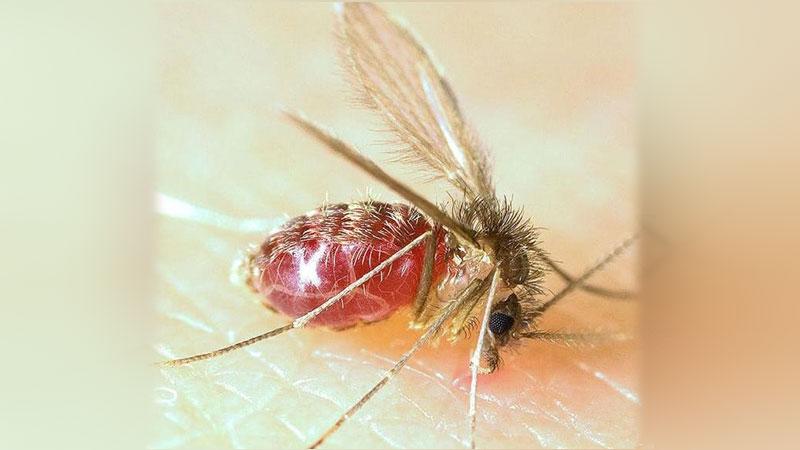
Leishmaniasis is a parasitic infection transmitted by a tiny sandfly which is spreading through the Southern province. Last year (2018) the number of patients found in the Matara District (453) had more than doubled from that of the previous year (209). Doctors are concerned as the disease could spread throughout the body unless proper treatment is taken.
Categorised as a Neglected Tropical Disease (NDT) by the World Health Organisation, leishmaniasis is mostly found in the Mediterranean basin, the Middle East, southwest and central Asia and the tropical areas of Africa. It is caused by different species of leishmanaprotozoa (single-cell microscopic insects). The disease is transmitted through the bite of infected female sandflies belonging to the Phlebotomus, Lutzomyia, and Psychodopygus species.
The sandfly is a light brown insect which is smaller than the mosquito and often, the bite of these tiny silent flyers go unnoticed or is mistaken for a mosquito bite. People tend to neglect treatment as it takes weeks or months for the symptoms (skin lesions) to appear.
There are three main forms of leishmaniasis which can be identified worldwide. Visceral leishmaniasis is the most serious type of the disease and is fatal if left untreated in over 95 percent of the cases. There is also another form of the disease called mucocutaneous leishmaniasis which leads to partial or total destruction of mucous membranes of the nose, mouth and throat. Cutaneous leishmaniasis is the most common form of leishmaniasis which causes skin lesions including ulcers on exposed parts of the body leaving life long scars and serious disability. This is the type of the disease found in Sri Lanka.
“The best possible defence against leishmaniasis in Sri Lanka is to prevent the sandfly from biting and if bitten it is very important to seek medical advice. Victims will experience pain and will have a bite mark which will turn into a blister over time and become a wound. If proper treatment is not taken the wounds would spread throughout the body. It is possible to identify the disease among rural communities in the southern province and people from all age groups ranging from small children to old persons are at risk of contracting the leishmaniasis disease” said, Assistant District Health Services Director, Dr.Deepika Patabandige Matara. Apart from the Matara area Leishmaniasis is prevalent in Anuradhapura, Polonnaruwa and Hambantota districts.
She said “We have identified 276 patients from the Dickwella MOH area, 107 patients from Devundara MOH area and 70 patients from the Kakunadura MOH area in 2018. Several cases have been identified from other areas as well. Unfortunately, many patients decide to receive treatment when the wound becomes a problem for them. When people seek treatment they do not go to the correct place and the wound won’t heal due to wrong treatment. The wound will only heal when the recommended treatment for leishmanaiasis is given. The sandfly known as ‘Walimassa’ in Sinhala is referred to by different names in different areas and this is also an obstacle in preventing the disease”.
Dr.Deepika stressed the importance of personal protection by people living in the leishmaniasis affected areas. She said, “One of the most important factors is protecting oneself from sandflies, and seeking the correct treatment for leishmaniasis will heal the skin disease quickly. Unfortunately, the problem is that patients are not self motivated to take treatment and delay to receive treatment”.
Although the type of leishmaniasis prevalent in Sri Lanka is not serious and cause only skin lesions, the disease will prevail until patients receive proper treatment for the disease. It is important for people to protect themselves from the sandfly bites as currently there are no other methods used to control the sandfly.
